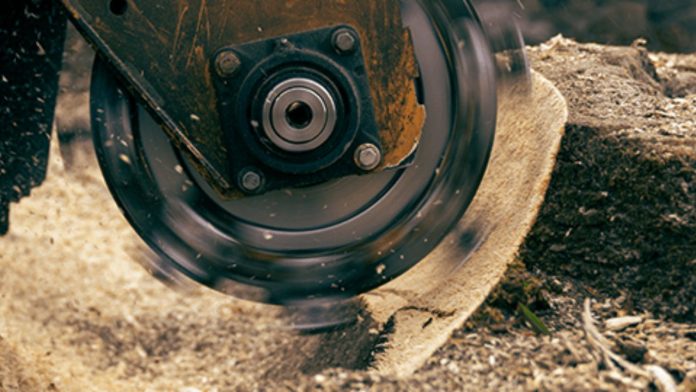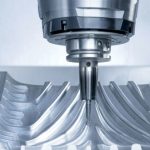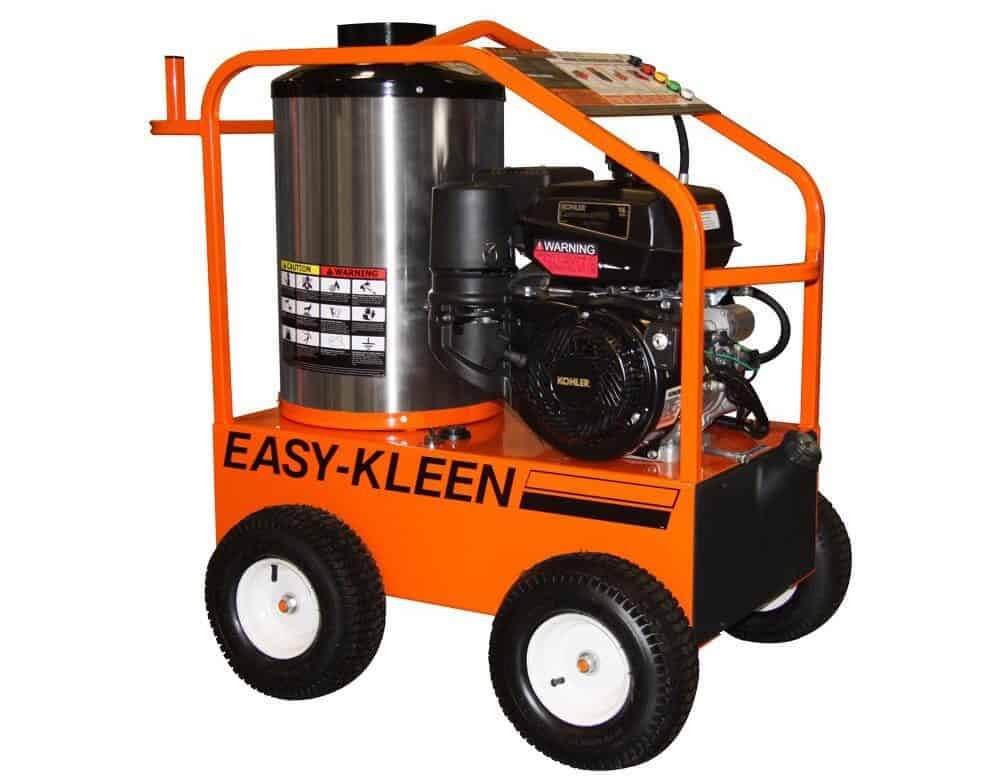Stump grinding is the process of removal of tree stumps. The cost of operating a stump grinder can therefore depend on the following factors. Knowledge of how these components influence operational costs will assist business people and homeowners in making the right decisions when choosing stump grinding equipment. Visit https://www.jyfmachinery.com/stump-grinder-cutter-teeth-and-pocket/ to check more about stump grinder teeth and pockets.
Role of Stump Grinder Teeth
Stump grinder teeth are the main cutting edges that are used in shaving the tree stump. They influence the design, material, and sharpness of the grinding wheels and hence the efficiency of the grinding process. Strong teeth are also efficient in cutting stumps and this means that more stumps can be cut in less time and therefore less fuel is used.
- Material and Durability: The teeth of the stump grinder that are made of carbide or steel alloys are more durable than the normal teeth. These can withstand the pressure of grinding the stumps. While these teeth may be more expensive initially, they have a longer life cycle. Which makes operational costs cheaper in the long run.
- Replacement Frequency: Wear and tear or damage to the stump grinder teeth often require replacement and this is an added cost. High quality of teeth may reduce the frequency of replacement but proper care and correct usage are also important to increase the durability of the teeth. Failure to incorporate these aspects means that more frequent replacements are made and costs incurred.
- Performance and Efficiency: Teeth that are designed for high performance will enable the grinding to be done in a shorter time as compared to other jobs. This enhances the rate of processing and thus reduces fuel and labor hence making it cheaper to operate. It is essential to acquire teeth that will perform better in the operations that will be conducted in stump grinding.
The Consequences of Stump Grinder Pockets
Operation costs are also determined by stump grinder pockets, where the teeth are fixed. These pockets must be strong and healthy to allow proper occlusion and alignment of the teeth.
- Pocket Design and Compatibility: Whether the pockets are designed to fit the teeth and how well they do it determines how well the teeth are secured when the machine is running. Areas that are complementary to the teeth aid in achieving high cutting efficiency and minimize the chances of the teeth getting crooked or falling out. Appropriate pockets can enhance the efficiency of the equipment and reduce the amount of time and money for maintenance.
- Maintenance and Repair: Maintenance of stump grinder pockets is required from time to time to avoid cases like wear or damage to the pockets. If pockets get worn out or damaged in any way, they have to be repaired or replaced, hence increasing the operational expenses. By paying attention to the pockets, one will be in a position to avoid extra expenses, which may hinder the effective running of the pockets.
- Operational Efficiency: The condition of the pockets influences the stump grinder’s efficiency. Healthy pockets allow for the best functionality of the teeth for grinding and less time off from work. Fuel and labor costs are directly associated with efficient operations and pocket maintenance represents an important element of cost control.
Conclusion
In conclusion, it is possible to state that the cost of operating a stump grinder depends greatly on the quality and the condition of the teeth and pockets. Maintaining high-quality teeth and the pockets that are used, can result in more effective stump grinding and less expenses. This way, operators can be in a position to make the right decisions that will enhance performance and control costs.













